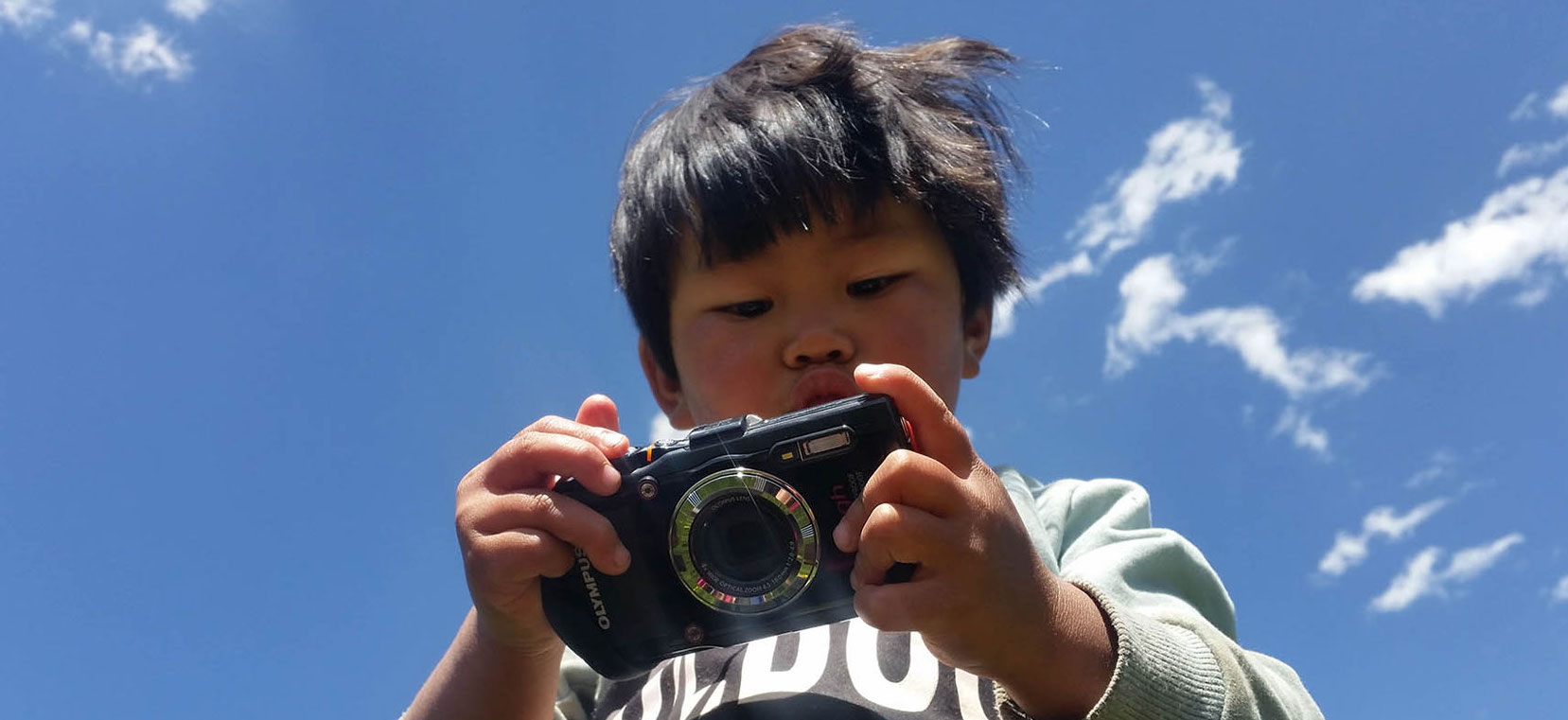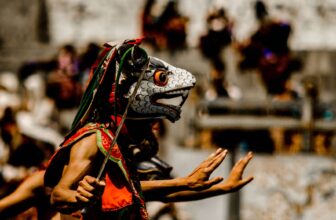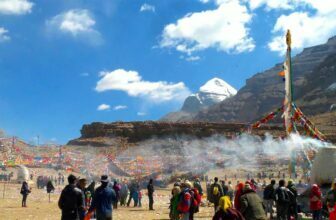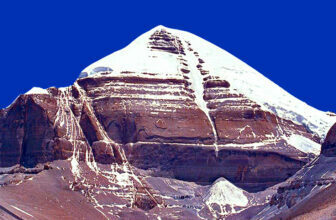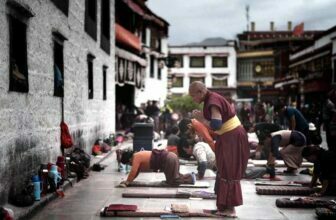Things to in Amdo Tibet is quite special while interacting with Tibetan nomads. The historic province of Amdo extends across present-day Qinghai, Gansu, and northern Sichuan, with the greater part of historic Amdo located in Qinghai. Amdo is home to sweeping grasslands, vast herds of yaks, grand monasteries, and many of Tibet’s most prolific and well-known intellectuals, scholars, and artists. Iconic images of nomadic Tibet are rooted in this vast and diverse area which includes a rich history of interaction with local Muslims, Mongolians, and numerous smaller ethnic groups.
The history of Amdo is also strongly linked to the vitality and existence of Tibetan Buddhism. Religion survived Central Tibet’s dark ages here to be successfully reestablished later on, spreading beyond its original boundaries centuries later. It was from here that the great master Tsongkhapa, heralded as the founder of the Gelugpa Sect hailed. It was also from here that Tibetan Buddhism was successfully propagated among the Mongolians. Check out our best Amdo tours to have the trip of a lifetime experiences traditional Tibetan nomad livelihoods and culture.
Labrang Monastery
Labrang is home to the largest (in terms of population) and most important Tibetan Buddhist monastery in Amdo. Founded in the 18th century, Labrang Monastery is one of six great Gelugpa monasteries and held immense political and religious influence until the 20th century. The monastery takes up a good part of the town and in addition to being a centre for Buddhist debate and examination, is home to a number of important prayer festivals each year.
Rebkong
In many ways, Rebkong is Amdo’s present day cultural capital. A centre for arts, it is home to a large thangka school where students study traditional painting. Rebkong is home to a number of important temples and monasteries, namely Rongwo Monastery which was originally constructed in the 14th century. Numerous summer festivals take place here, including a Shaman Festival. In recent years the area has spawned its fair share of artists and intellectuals. The area is also home to Muslim and Mongolian minority groups, many of whom use the Tibetan language. Check out our Homestay tour for a chance to experience Rebkong and Tibetan traditional Thangka paintings.
Golok
Home of the notoriously fierce Golok people, Golok long held the reputation for being Tibet’s badlands. The prefecture is home to its own unique, iconic culture and history. Stories, proverbs, and nomadic customs originating here are admired across the plateau as exemplary representations of nomadic life and culture. It is also here that the great Amnye Machen mountain range bends China’s mother river, the Yellow River, towards Qinghai.
Mt. Nyenpo Yurtse
Part of the Brayan Khar Mountain Range, Mt. Nyenpo Yurtse is a sacred mountain considered to be the origin of the original tribes of Golok. High peaks, nomadic herders, and high altitude glacial lakes make trekking here an absolutely unforgettable experience.
Mt. Amnye Machen
Mt. Amnye Machen is the highest and and most important peak of the Amnye Machen mountain range—the part of the Kunlun Mountain Range which cuts through Golok. This mountain is also said to be the protector deity of Amdo, Machen Bomra and taking the 120 mile trip around the mountain is the most important pilgrimage circuit one can make in all of Amdo.
Drakar Monastery
Located southwest of Qinghai’s capital city of Xining and on the road to Yushu, Drakar Monastery is a hidden treat tucked away in the grasslands. This nomadic area boasts a forest (rare for the northern grasslands) abundant wildlife, and stunning mountain views. The pilgrimage route around the monastery or any number of small day hikes will give you a chance to truly experience the beauty of the plateau and the great outdoors.
Qinghai Lake
Qinghai Lake (Tso Ngonpo in Tibetan) is Amdo’s defining geographic feature and it is from this lake that the province derives its name. Meaning “Blue Lake” in Chinese, Tibetan, and Mongolian (Kokonor), the lake is the world’s largest high altitude salt lake, a relic of the ocean that once separated greater Asia and the Indian subcontinent. Within the lake lives the golden fish, or naked carp, a rare species of fish only found here. The lake’s shores are home to local nomads, grazing yaks, and numerous species of migratory birds. Upon catching sight of the lake’s expansive views, sweeping waves, and abundant wildlife, it will come as no surprise that the lake is considered holy across the Tibetan Plateau. Hundreds of pilgrims travel the entire length of the lake each year and in days gone by it was a popular place for hermitage and retreat. You can read more about Amdo travel and trips to the lake on our Tibet travel guide page.
Ngawa Prefecture
Ngawa Prefecture in the northeast of Sichuan Province is a unique area which includes large swathes of land home to a Tibetic minority group known in Chinese as the Qiang. Tibetans believe these people to be the descendants of the kingdom of Gyalrong, an ancient kingdom which, in its heyday, was ruled and inhabited only by women. Once pushed far to the margins of the Tibetan empire, this area is also home to many followers of Bon, Tibet’s pre-Buddhist religion. Travel in and through this prefecture will take one on an amazing journey; through the sweeping grasslands of Hongyuan, to the ancient castles of Markhang and the border town architecture of Songpan. This prefecture is certainly one of the most interesting in all of Amdo. There are top Amdo tour company to handle great Tibet nomad tours on the Tibetan plateau for you consideration. We would much appreciate to involve in forum to discuss and share your recent Tibet experience.
Essential Links: | Travel in Kham | Tibet Travel Guide | Tibet Travel Faqs | Qinghai Tour | Shaman’s Festival Tour | Amdo to Lhasa by Train Trip
